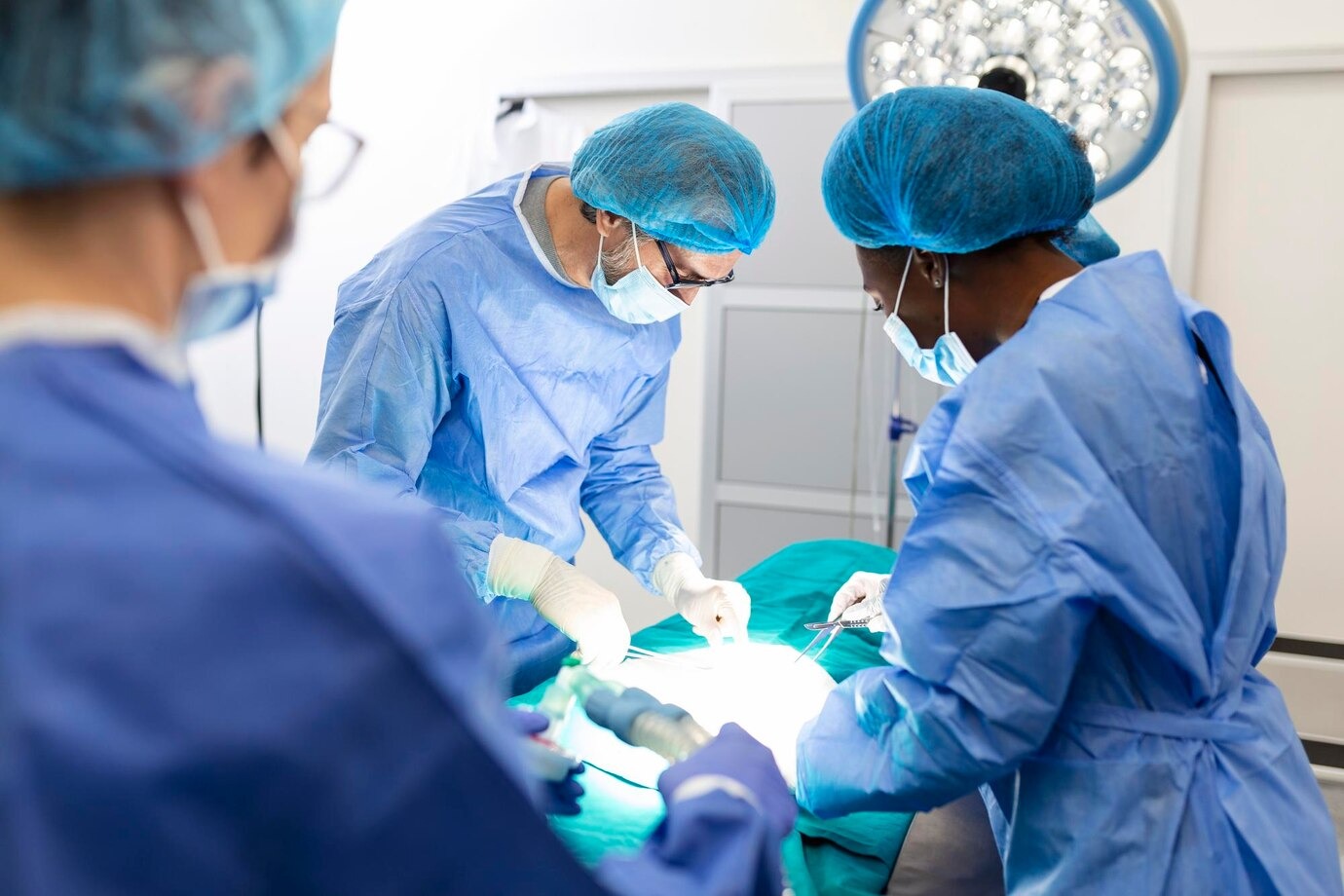Private Anal Fistula Surgery
Mr. Jasim Al-Musawi
Consultant General Surgeon
MBChB, FICMS, MRCP, FRCS
- 079 0367 0080
- info@jalsurgery.com
- Cromwell Hospital, The Clementine Churchill Hospital, Hendon Hospital

Private Anal Fistula Surgery
Specialist Treatment for Anal Fistulas
At JAL Surgery, we provide expert diagnosis and advanced surgical treatments for anal fistulas. If you are experiencing recurrent pain, discharge, or infections around the anus, our consultant surgeons offer safe and effective solutions designed to achieve healing and minimise the risk of recurrence.
What is an Anal Fistula?
An anal fistula is an abnormal tunnel that forms between the inside of the anal canal and the skin near the anus.
Common symptoms include:
- Recurrent pain or swelling around the anus
- Discharge of pus or blood
- Irritation of the skin
- Repeated abscesses
- Difficulty with healing despite previous treatments
Fistulas usually result from an infection or abscess that fails to heal properly. Surgery is typically required, as fistulas rarely close on their own.
Types of Anal Fistula Surgery
Fistulotomy
- The most common procedure.
- The fistula tract is opened and laid flat to heal naturally.
- High success rate for simple fistulas.
Seton Placement
- A surgical thread is placed through the fistula to allow continuous drainage.
- Reduces infection risk and preserves sphincter function.
- Often used for more complex fistulas.
Advancement Flap Procedure
- The internal opening of the fistula is covered with a flap of tissue from inside the rectum.
- Suitable for complex or high fistulas where sphincter preservation is important.
LIFT Procedure (Ligation of Intersphincteric Fistula Tract)
- Modern technique where the fistula tract is tied off in the intersphincteric space.
- Preserves continence and offers good healing rates.
Why Choose Private Anal Fistula Surgery with JAL Surgery?
- No delays– rapid access to consultation and treatment.
- Expert consultant surgeonswith specialist experience in complex fistulas.
- Comprehensive care– from diagnosis and imaging to surgical repair.
- Tailored approach– choice of the safest and most effective operation for your fistula.
- Day-case surgery– many procedures performed with same-day discharge.
What to Expect
- Consultation– thorough history, examination, and MRI if needed.
- Treatment Plan– discussion of surgical options based on fistula complexity.
- Surgery– performed under general anaesthetic.
- Recovery– most patients return to light activity within a few days; full healing may take weeks, depending on the procedure.
Book a Consultation
If you are struggling with ongoing pain, discharge, or recurrent abscesses, private anal fistula surgery at JAL Surgery offers definitive private anal fistula treatment and long-term relief.
Here is our other services:
Private Anal Fistula Surgery FAQ's
How long does it take to recover from an Anal Fistula operation?
Recovery from an anal fistula surgery usually takes around 4 to 6 weeks, depending on the type of procedure and the person’s healing ability. Some patients feel better in a couple of weeks, while complete healing takes longer. Good hygiene, rest, and following doctor’s advice help in faster recovery.
Do's and Don'ts After Anal Fistula Surgery?
After surgery, keep the area clean, take warm sitz baths, and use prescribed medicines. Eat a fiber-rich diet and drink plenty of water to avoid constipation.
Don’t lift heavy objects, strain during bowel movements, or skip follow-up appointments. Avoid spicy food and alcohol in the early healing stage.
What to eat after Anal Fistula surgery?
Diet plays a big role in healing. Eat high-fiber foods like vegetables, fruits, and whole grains to keep stools soft. Drink plenty of water throughout the day. Avoid spicy, oily, and junk foods that may irritate the digestive system. Soft, easily digestible meals make recovery smoother and more comfortable.
How long does an Anal Fistula surgery take?
The duration of an anal fistula surgery depends on the complexity of the case, but most procedures take about 30 to 60 minutes. In some complicated situations, it may take longer. Surgery is usually done under anesthesia, and most patients can go home the same day after recovery.
Is Anal Fistula surgery painful?
During the surgery itself, patients don’t feel pain because anesthesia is used. After the operation, mild to moderate discomfort is normal for a few days. Pain can be managed with medicines, warm baths, and proper care. Most people say the relief after surgery is worth the temporary pain.
